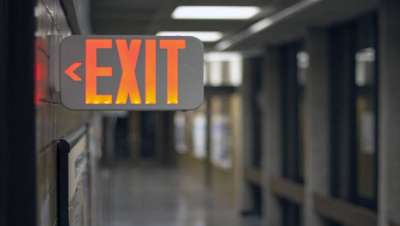Intervention Strategies for Disaster
Disaster frequently involves community-wide devastation. Hurricanes, tornadoes, earthquakes, fires, floods, and bombs inflict sudden damage that is irreversible and sometimes widespread. Disaster survivors experience danger and loss of control. Recovery from a disaster involves a lengthy process requiring the individual to develop an ability to deal with long-term stress and fear.
In children and youth, fear is often expressed through several behaviors including anxiety, hyperactivity, flashbacks, nervousness, undue cautiousness, and/or separation anxiety.Stomachaches and headaches are common psychologically based complaints, especially among young children. Truancy often increases in adolescents.
Crisis Trainer
Because disasters frequently affect more than one school within a system, one individual counselor, school psychologist, or social worker should be designated as the crisis trainer for each building. The crisis trainer determines the type of assistance children or youth may need. He or she consults with building administrators and teachers to develop plans of action for assisting students and staff to deal with the aftermath of the disastrous crisis.Team Leader
When a disaster strikes, a district level person should be designated to network with each crisis trainer. This Team Leader assists crisis trainers in coordinating needed district resources and serves as an advisor and advocate to the school board.System-Wide Crisis Team
Whenever a disaster is widespread, crisis support beyond what can be provided by the crisis trainer should be given to students and staff members requiring it. A system-wide crisis team should include district personnel trained in consultation and counseling. Depending on need, community mental health professionals may also be involved.















